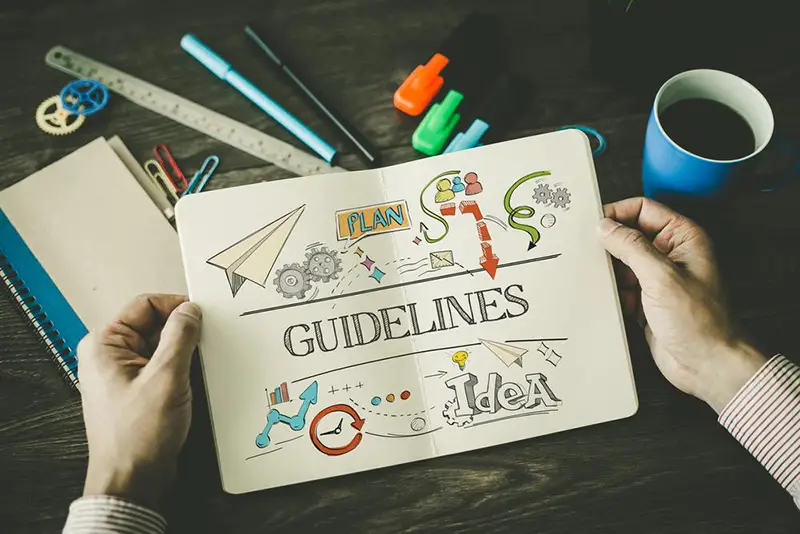Click here to get this post in PDF
Rebranding efforts should be rare, as they involve a total reset that can radically change how your stakeholders understand and interact with your company. On the other hand, a brand refresh should be a regular occurrence — a scheduled reviving of your brand through strategic updates.
There are several reasons why your brand might need a refresh. Perhaps your company values have shifted, and you need a way to express your new goals and behaviors to your customers. Perhaps you need a way to recapture some lost attention in the marketplace. Then again, perhaps you created your brand years ago and have not touched it since.
Whatever your reason for engaging in a brand refresh, you should know that it can be an exceedingly rewarding process. Here are a few steps to help you achieve an easy and satisfying refresh for your brand.
Research
One of the most important steps in a brand refresh also tends to be the step that is most often skipped. Many marketers and business leaders believe they understand their brand, market, industry and consumers well enough inherently to perform a refresh without any data to back them up. Unfortunately, this can lead to expensive missteps — and perhaps prematurely demand another, more informed refresh. You should engage in brand analysis to understand how your brand is currently performing and take time to research what consumers like and want from brands today.
Competitive Analysis
Your brand should be competitive in your marketplace, meaning you must understand your competitors’ brand strategies. Researching your competitors before you develop your refreshed brand will help you make decisions that differentiate your brand from the pack while aligning your company clearly with certain products, services and values.
Positioning
Once you have a foundation of understanding regarding the branding landscape in your market — to include your brand’s unique value to stakeholders — you can start developing the key messages that will position your brand during and after the refresh. These messages should draw upon your target audience’s rational and emotional response, explaining why and how your brand is superior to a consumer’s other options. In addition, these messages will help you hone other components of your refresh and ensure cohesive and compelling branding.
Visual Identity
This is the step of a refresh that many marketers immediately jump to, and indeed, your brand’s visual identity is of extreme importance. You need the look of your brand to be distinctive so your target audience pays attention to your brand and remembers it when they are ready to make a purchase. There are four critical elements of a brand’s visual identity for you to address during your refresh:
Logo. Your logo should be flexible — meaning it should look appropriate in document headers, email signatures, app icons, social media posts and more. Generally, a simpler logo is better because it is easier to shrink or expand for different uses.
Color Palette. Studies have found that color can enhance brand recognition by up to 80 percent, and it has psychological implications for consumers. You can start by selecting a primary brand color and building a tasteful palette around it.
Typography. The fonts associated with your brand can communicate quite a lot about your values and the intangible attributes of your company. Therefore, you should align the emotional impact of your color scheme with the personality of your brand’s typeface.
Imagery. You will integrate photographs and images into various components of your marketing. These images will function as a visual representation of your company, so they should fit with your key messages and be cohesive with other visual elements of your brand.
Standards
You do not want your brand to fall apart after you have committed so much time and energy to refresh it. Thus, you should create a brand standards guide, defining your refreshed brand and outlining how to achieve its unique visual look. Then, you should strictly enforce the use of the brand standards to ensure that your brand is consistently represented inside and outside your organization.
Once these steps have been completed, you can roll out your newly refreshed brand. Then, in a few years after the refresh loses its luster, you might want to engage in another refresh to keep your brand exciting to all stakeholders.
You may also like: 4 Tactics to Improve Your Employer Branding 2022


